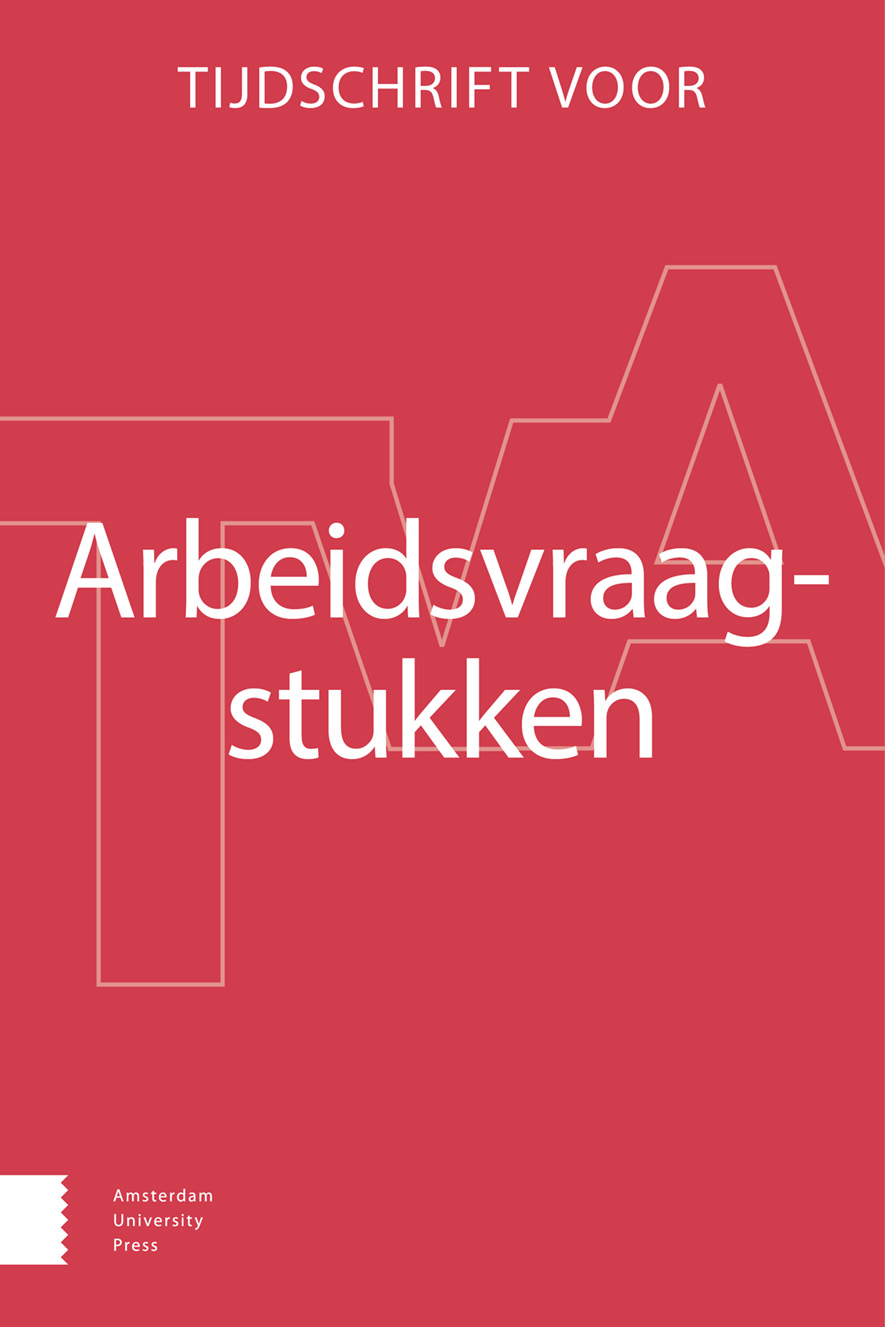-
OAHelpen automatiseringskansen om de toekomst van banen te voorspellen?
- Amsterdam University Press
- Source: Tijdschrift voor Arbeidsvraagstukken, Volume 39, Issue 1, Mar 2023, p. 91 - 106
-
- 01 Mar 2023
Abstract
Frey en Osborne (2017) ontwikkelden een methode om de automatiseringskans van beroepen af te leiden uit de huidige taaksamenstelling van die beroepen. Daarmee voorspellen ze welke beroepen door technologie op termijn zullen groeien of verdwijnen. De vraag is wat de voorspellende waarde van de Frey en Osborne Index (FOI) is. Een vergelijking met een andere voorspellende methode, de Labouring Capacity Index (LCI) van Pfeiffer en Suphan (2015), kan deze vraag beantwoorden. De surveydata van de Vlaamse Werkbaarheidsmonitor 2013 zijn gebruikt om de automatiseringskansen van zes beroepen te berekenen gebaseerd op de twee indexen. De afwijking tussen de voorspelde en reële ontwikkeling in omvang van die beroepen, gemeten met de Labour Force Survey, geeft zicht op de voorspellende waarde van de FOI en LCI. De analyses laten zien dat de voorspellende waarde van de methoden beperkt is, en dat de LCI iets beter voorspelt. De conclusie is dat de toekomst van beroepen beter anderszins dan op basis van de huidige taaksamenstelling van beroepen moet worden geschat. Vooral onderzoek is nodig naar de toekomst van organisatievormen, omdat die zullen bepalen waarop regeltaken op alle organisatieniveaus over functies worden verdeeld.


